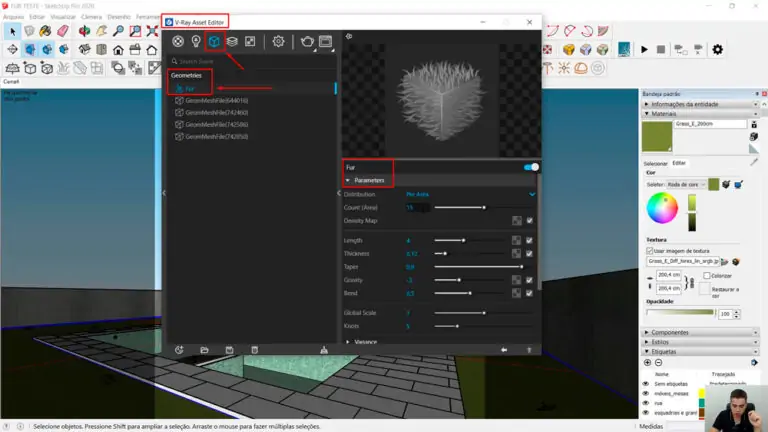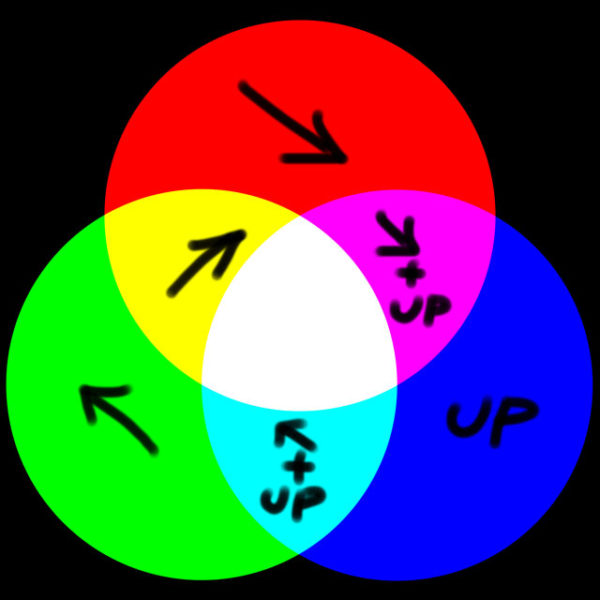

Here's an example render after completing the grooming process. When using the Fur Styler, make sure to adjust the tool settings so the Brush Type is set to Bend Direction. Like before, it's probably best to set the Default Color of the texture to a value of 0.5.Ĭonnect that new texture to the Bend direction texture slot of the Fur Properties. Once you're happy with the Initial Direction, we can repeat the process for the Bend Direction settings.Ĭreate another empty Color Set, with the default settings, and rename it to something like FurBend.Ĭreate another Vertex Colors texture for the Bend Direction with Type parameter set to Set name with the name of the second Color Set. Note: If you're unable to see the brush cursor in your viewport, try changing the viewport renderer to Legacy Default.Īs soon as you begin grooming the fur with the Styler, it should correct itself from what was seen in the previous render and point in the current direction. To better see what's going on in the render and the viewport, start an IPR render so you can see the changes made with the Styler interactively in the VFB window. Using the V-Ray Fur Styler, found in the Fur Preview tab, adjust the Tool Settings to use the Initial Direction Brush Type. If you haven't corrected the VRayVertexColor texture Default color, the fur may not be facing the right direction, until we start styling. It's advisable to set the VRayVertexColor texture Default color to middle gray (0.5) since that color represents a neutral up direction. You can do this from the Node Editor or just middle-mouse dragging the texture node from the Hypershade to the Initial direction texture attribute in the Attribute Editor. Now connect the VRayVertexColors texture to the Initial Direction parameter in the vrayFurProperties tab under the Textures rollout. It's important that the spelling is exactly the same. Open the Hypershade, and create a VRayVertexColors texture (append the same name token to the end of the texture node name to make it easier to connect to the correct attribute later).Ĭopy the name of the Color Set from the Color Set Editor into the VRayVertexColor's Set name parameter. Once the color set is created, we can rename it with the Rename button to something more meaningful, like FurInitial. We'll use the default settings with Clamped unchecked, the Component Type set to RGBA, and Color Set Sharing to Shared.

From the Color Set Editor window, click the New button to create a new empty color set on the plane.


 0 kommentar(er)
0 kommentar(er)
